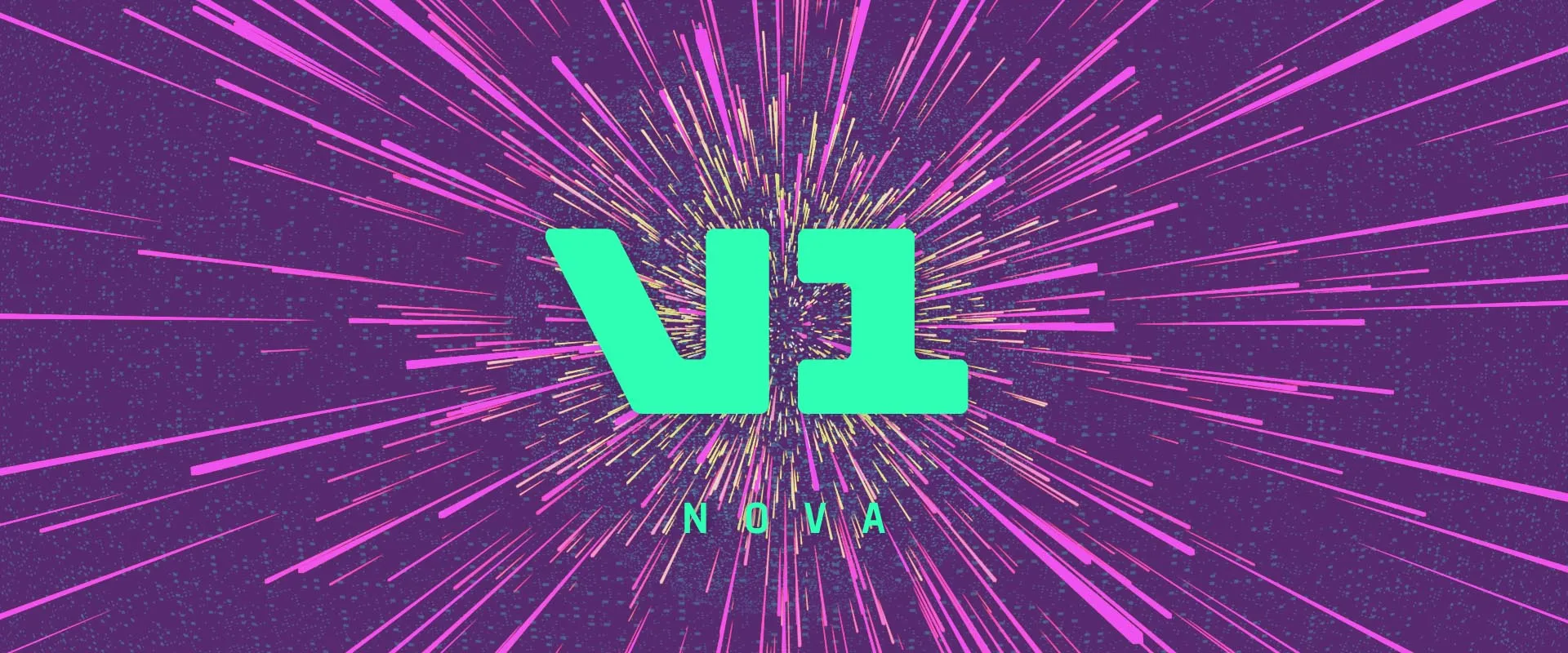On the heels of EdgeDB’s recent 1.0 launch, we (rather predictably) received one question more than any other: what is a graph-relational database? This post is intended to be the internet’s canonical answer to that question.
The graph-relational model is a new conceptual model for representing data. Under this model, data is represented as strongly typed objects that contain set-valued scalar properties and links to other objects.
type Person {
required property name -> str;
}
type Movie {
required property title -> str;
multi link actors -> Person;
}Keep in mind that “graph-relational database” is not synonymous with “EdgeDB”. EdgeDB is just the first production-ready database that implements the graph-relational model. Similarly, EdgeQL is not a definitional part of the paradigm; it’s simply our proposal for an open, implementation-independent, graph-relational query language.
select Movie {
title,
actors: { id, name }
} filter .title = "The Avengers"In the future, though, other graph-relational databases may exist with different type systems, schema syntax, and query languages.
Evolving the relational model
Graph-relational is best understood as a descendant of the relational paradigm. The table below provides a terminology map between the shared concepts.
|
Relational |
Graph-relational |
|
Table (“relation”) |
Object type |
|
Column (“attribute”) |
Property or link |
|
Row (“tuple”) |
Object |
However the graph-relational model extends the relational paradigm in three major ways: object identity, links, and cardinality. We’ll discuss each in detail below.
#1 Objects have a unique identity
All objects have a globally unique, immutable identifier. There’s no need to
explicitly declare this identifier in your schema; it is assumed. In EdgeDB
it’s represented as an required, readonly property called id that has an
exclusive constraint, is auto-assigned a UUID upon insertion, and will never
be reused. In SDL, this would be represented as follows:
required property id -> uuid {
constraint exclusive;
readonly := true;
default := uuid_generate_v1mc();
}In the future, other graph-relational databases can represent identity differently; all that matters is that there is some concept of identity.
Relational databases don’t do this; tracking object identity requires adding an appropriately typed column, marking it as a primary key, and specifying a uniqueness contraint. This column can then be used as a target of foreign key constraints in other tables.
It’s common for graph databases (e.g. Neo4j) to internally assign identifers to nodes, since a first-class concept identity is a pre-requisite for a non-leaky concept of links/edges. Speaking of which:
#2 Objects can be connected with links
Under the relational model, attribute (column) types are restricted to some set of primitive datatypes. Inter-table relationships are represented as “just another column” with a foreign key constraint.
Graph-relational object types, on the other hand, can contain attributes that store primitive data or direct references to other objects. Colloquially, scalar attributes are known as properties and object-typed attributes are known as links. Links are why there’s a “graph” in graph-relational.
type Person {
required property name -> str;
}
type Movie {
required property title -> str;
multi link actors -> Person;
}Note that there’s no need to futz with primary keys, foreign key constraints, or join tables; since each object has a unique identifier, EdgeDB knows how to represent links without additional configuration. This is what it means for links to be a “first-class citizen”.
As in graph databases, these links can themselves contain properties.
type Person {
required property name -> str;
}
type Movie {
required property title -> str;
multi link actors -> Person {
property character_name -> str;
}
}#3 Attributes have a cardinality
In the relational model, attribute values consist of a name ("email") and a
type ("text"). Under the graph-relational model, there is a third
component: the cardinality.
The cardinality specifies the number of values that can be assigned to the
attribute. In EdgeDB, cardinality is represented internally as a five-valued
enum consisting of Empty, One, AtMostOne, AtLeastOne, and
Many. In SDL, these cardinalities are represented with combinations of more
familiar terms: required vs optional and single vs multi.
Consider the following object type.
type Movie {
property description -> str;
required property title -> str;
multi property alt_titles -> str;
required multi link actors -> Person;
}This movie type demonstrates all possible attribute cardinalities expressible
in EdgeDB. The title property is required (cannot be empty), the
alt_titles property is multi (can contain several str values), and
actors is both (points to one or more Person objects). Here are the types and cardinalities of each attribute as EdgeDB sees them.
|
Key |
Type |
Cardinality |
|
|
|
|
|
|
|
|
|
|
|
|
|
|
|
|
Multi links are necessary to represent many-to-many relationships between
object types. Multi properties are less common, but occasionally useful when
storing an unordered set of values, such as alt_titles in the sample schema.
Technically the relational model provides one mechanism for constraining
cardinality: the not null constraint. Using EdgeDB terminology, this
changes the cardinality from AtMostOne to One. There is no affordance
for cardinalities greater than one.
Everything is a set
When we use the word “set”, we mean it in the mathematical sense. This
principle permeates everything in
EdgeDB. There is no distinction between scalar-valued and table-valued
expressions, as in SQL. Everything is a set with a known type and cardinality
(even plain literal values) and can be manipulated with set-theoretic operators
like union.
edgedb> select "hi";
{'hi'}
edgedb> select {"hi"};
{'hi'}
edgedb> select {"hi", "there"};
{'hi', 'there'}
edgedb> select "hi" union "there";
{'hi', 'there'}Nothing is also a set. Like, literally nothing. As a happy consequence of the
graph-relational model’s set-theoretic core, NULL is no more. Instead, the
absence of data is simply an empty set.
When executing EdgeQL queries with one of our client libraries, empty sets
are decoded into idiomatic values. If the set in question has no upper bound
(cardinality of Many or AtLeastOne), it would be represented as an
empty array. Other cardinalities result in null/nil/None (per the client
library language).
The future is graph-relational
We think this set of principles, taken together, defines a new kind of database abstraction that deserves its own term and represents a spiritual successor to the relational paradigm. Moreover, we think EdgeDB, which recently had its first stable release, is extremely awesome and you should try it.
Head to our GitHub repo for a collection of useful links, or jump into the Quickstart.


